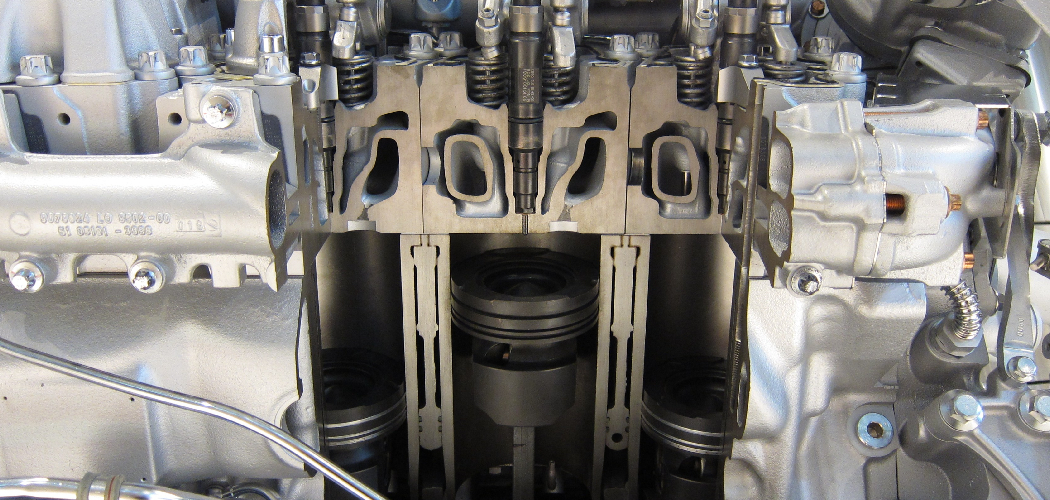A leaking fuel injector can be a source of performance issues, reduced fuel efficiency, and even safety hazards in your vehicle. Recognizing the signs of a malfunctioning fuel injector is crucial for maintaining optimal engine performance and preventing potential damage. In this guide, we will delve into the essential steps of how to check for leaking fuel injector, helping you diagnose and address issues before they escalate.
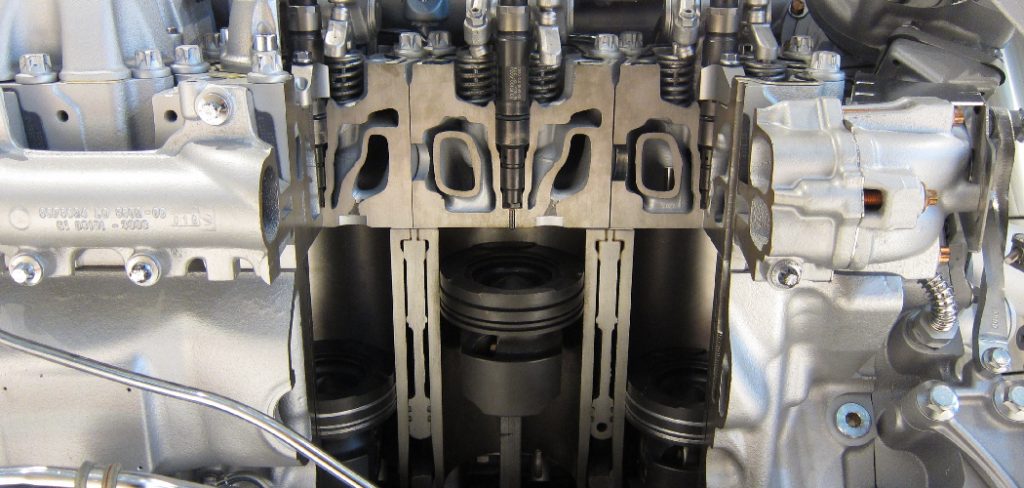
From identifying symptoms such as poor fuel economy and engine misfires to conducting a systematic visual inspection and utilizing diagnostic tools, we will explore the comprehensive process of detecting fuel injector leaks.
Stay ahead of potential problems, safeguard your engine’s efficiency, and ensure a smooth and reliable ride by mastering the art of checking for leaking fuel injectors. Your vehicle’s health and your peace of mind are at stake – let’s embark on this diagnostic journey together.
Symptoms of A Leaking Fuel Injector
Before conducting a visual inspection or using diagnostic tools, it’s crucial to look out for symptoms that may indicate a leaking fuel injector. Here are some common signs to watch out for:
- Reduced Fuel Economy: A leaking fuel injector will supply more fuel than necessary, resulting in decreased fuel efficiency.
- Engine Misfires: A leaking fuel injector can cause an uneven amount of fuel to enter the engine’s cylinders, leading to misfires and a rough idle or acceleration.
- Smoke from Exhaust: If your vehicle releases black smoke from the exhaust, it may be due to excess fuel entering the combustion chamber through a leaking fuel injector.
- Gasoline Smell: If you notice a strong gasoline smell inside or around your vehicle, it could be a sign of a fuel injector leak.
Potential Consequences of Fuel Injector Leaks
Neglecting a leaking fuel injector can lead to various problems, including:
- Poor engine performance
- Damage to the catalytic converter and oxygen sensors
- Increased emissions
- Engine knock or pinging
- Reduced vehicle lifespan
It’s crucial to address fuel injector leaks promptly to avoid these potential consequences.
Preparing for Inspection
Before you start the process of checking for a leaking fuel injector, it’s important to prepare adequately to ensure a safe and accurate inspection. Here are some steps to guide you:
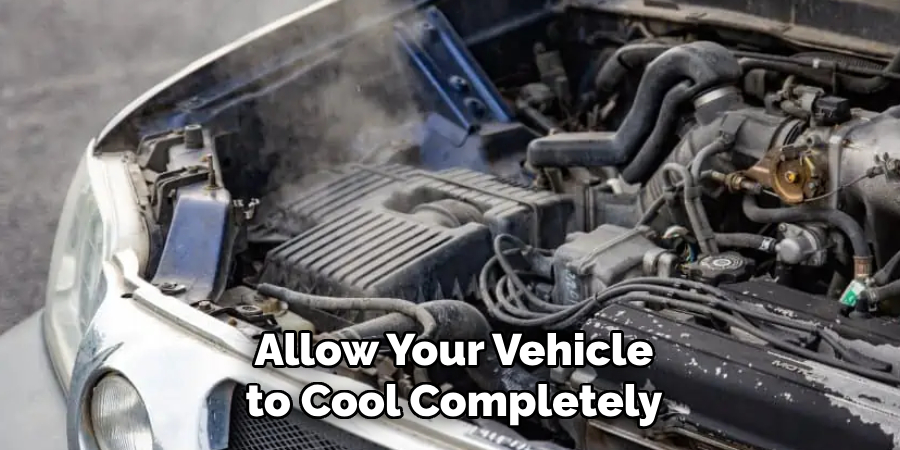
- Ensure Your Vehicle is Turned Off and Cool: This is vital for safety as working on a hot engine can lead to severe burns. Always allow your vehicle to cool completely before starting the inspection.
- Gather Necessary Tools and Safety Equipment: Depending on the method of inspection you choose, this might include a fuel pressure gauge, cylinder leak down tester, UV light for dye testing, and a set of new O-rings. Don’t forget your safety equipment – protective eyewear, gloves, and a fire extinguisher are essential when dealing with fuel systems.
- Clear the Work Area and Secure the Vehicle: Ensure you have a well-lit space to work and that your vehicle is parked securely, preferably on a level surface.
- Study Your Vehicle’s Fuel System Layout: Familiarize yourself with your vehicle’s fuel system layout. The vehicle’s service manual can be a valuable resource for this.
Following these steps will help ensure your inspection is accurate, effective, and most importantly, safe. Remember, if you feel uncertain at any point, don’t hesitate to consult a professional.
10 Methods How to Check for Leaking Fuel Injector
1. Visual Inspection
The first method to check for a leaking fuel injector is to perform a visual inspection. Look for any signs of fuel leaks, such as wet spots or puddles of gasoline around the fuel injectors.
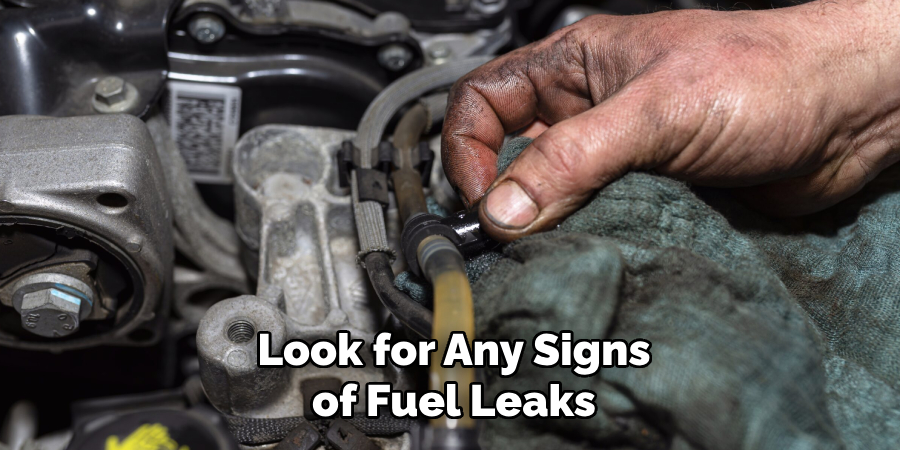
2. Listen for Hissing Sounds
If you suspect a leaking fuel injector, listen for any hissing sounds coming from the engine. This could indicate that there is a leak in the fuel system.
3. Check Fuel Pressure
One way to determine if there is a leak in the fuel injector is to check the fuel pressure. If the pressure is lower than it should be, this could indicate a leak.
4. Perform a Leak Down Test
A leak down test involves using a special tool to pressurize each individual cylinder and then monitoring how quickly the pressure drops. A significant drop in pressure could indicate a leaking fuel injector.
5. Check Spark Plugs
Another way to check for a leaking fuel injector is to inspect the spark plugs. If they are wet or smell like gasoline, this could be an indication of a leaking injector.
6. Use Dye Testing
Dye testing involves adding fluorescent dye into the fuel system and then using a UV light to detect any leaks. This can be an effective method for identifying small leaks in the fuel injectors.
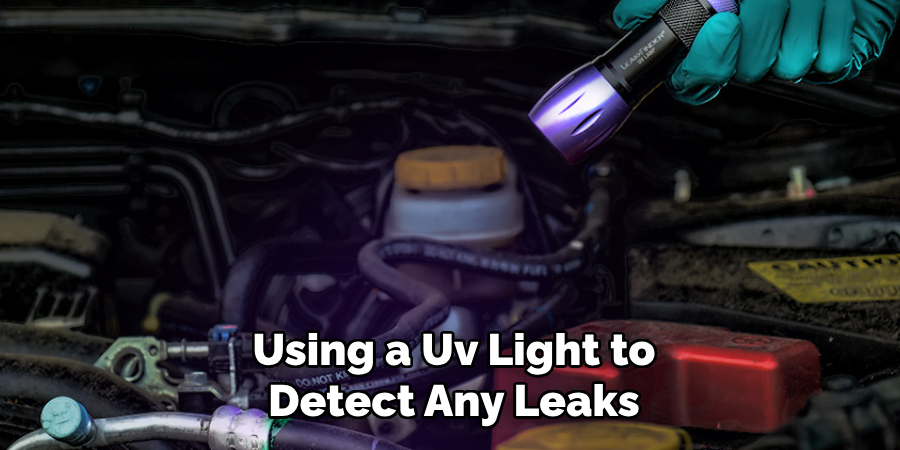
7. Perform Cylinder Balance Test
A cylinder balance test involves cutting off one cylinder at a time while monitoring engine performance. If there is no change when one cylinder is cut off, this could indicate that its corresponding fuel injector is not working properly due to leakage.
8. Inspect Injector O-Rings
The O-rings on the fuel injectors can become worn or damaged over time, leading to leaks. Inspecting these O-rings can help identify potential sources of leakage.
9. Monitor Fuel Consumption
If your vehicle’s gas mileage suddenly decreases without explanation, this could be an indication of a leaking fuel injector causing excess fuel to be used.
10. Have a Professional Inspection
If you are unsure or uncomfortable checking for leaking fuel injectors yourself, it is best to have a professional mechanic perform an inspection. They have the necessary tools and knowledge to accurately diagnose and fix any issues with your fuel injectors.
Checking for Consistent and Appropriate Fuel Pressure
Maintaining consistent and appropriate fuel pressure is vital for the efficient operation of your vehicle’s engine. An aberration in fuel pressure can be a strong indication of a leaking fuel injector. Here’s how you can check it:
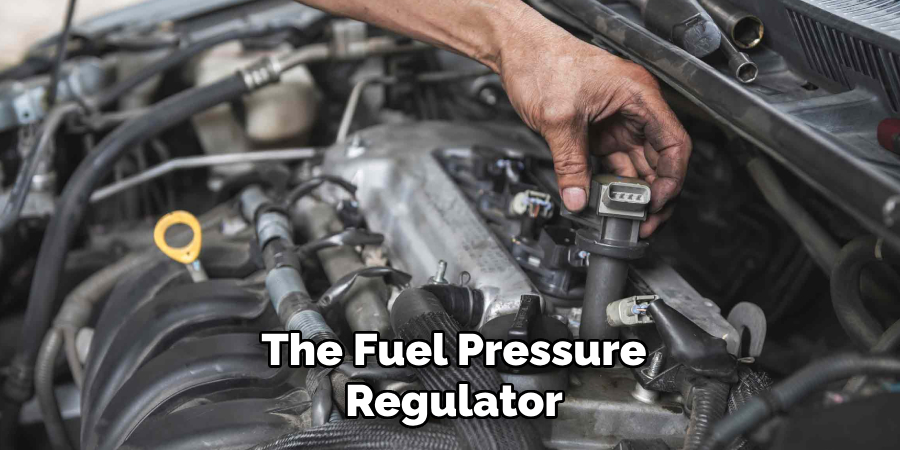
- Locate the Fuel Pressure Regulator: The fuel pressure regulator is usually located on the fuel rail that houses the fuel injectors. Refer to your vehicle’s manual to find its exact positioning.
- Connect a Fuel Pressure Gauge: Attach a fuel pressure gauge to the test port on your fuel rail. Make sure the connection is secure to prevent any fuel spillage.
- Read the Initial Pressure: Turn the ignition key to the ‘ON’ position (without starting the engine) and note the pressure reading on the gauge.
- Compare With Standard Pressure: Compare the measured pressure with the standard pressure specified in your vehicle’s service manual. A lower than standard pressure reading can indicate a leak in the fuel injectors.
- Check Pressure Build-up: Start the engine and let it idle. The pressure gauge reading should increase. If it doesn’t, it could suggest a problem with the fuel pressure regulator or a leaking injector.
- Monitor Pressure Drop: Turn off the engine and observe the pressure gauge. The pressure should hold for about 5 to 10 minutes. If the pressure drops quickly, it may be due to a leak in the fuel system, possibly from a leaking injector.
Preventative Maintenance for Fuel Injectors
Preventative maintenance is paramount in ensuring the longevity and performance of your fuel injectors. A well-maintained fuel system can help prevent leaks and costly repairs down the line. Here are some tips to keep your fuel injectors in top shape:
- Regular Cleaning: Over time, fuel injectors can become clogged with deposits. Regular cleaning can keep them working efficiently. There are fuel injection cleaning kits available on the market, or you can have a professional do this for you.
- Use High-Quality Fuel: Low-quality fuel can lead to the buildup of deposits in your fuel injectors. Using high-quality fuel can help prevent this.
- Change the Fuel Filter Regularly: The fuel filter catches dirt and debris that can damage your fuel injectors. It’s recommended to replace your fuel filter every two years or 30,000 miles, but check your vehicle’s manual for specific recommendations.
- Inspect and Replace Injector O-Rings as Needed: As mentioned earlier, worn out O-rings can lead to fuel leaks. Regular inspection and timely replacement can prevent any potential leakage.
- Schedule Regular Professional Inspections: While DIY maintenance can go a long way, regular professional inspections can help catch potential issues early on. A trained mechanic has the tools and knowledge to thoroughly inspect and maintain your fuel system.
Always remember, preventative maintenance is an investment that pays off in the long run. It ensures the optimal performance of your vehicle and can save you from unexpected and costly repairs.
Conclusion
In conclusion, checking for leaking fuel injector is a crucial step in maintaining the performance and efficiency of your vehicle. By following the steps of how to check for leaking fuel injector, you can easily identify any possible issues with your fuel injector before they escalate into bigger and more expensive problems. Remember to regularly inspect your fuel system and take note of any signs of leaking such as puddles under your car or a strong gasoline smell.
Don’t hesitate to seek professional help if you are unsure or uncomfortable with performing the inspection yourself. Your safety and that of others on the road should always be a top priority. We hope this guide has been helpful and empowers you to take control of your vehicle’s maintenance.

